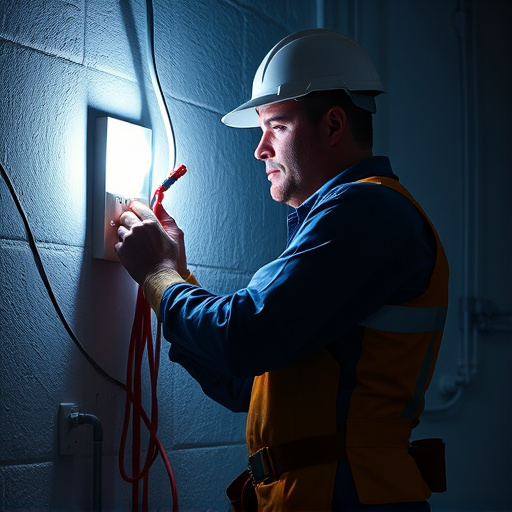The California Air Resources Board (CARB) sets strict emissions standards to combat pollution, significantly impacting vehicle components like air intakes. CARB-compliant air intakes reduce harmful pollutants during smog checks, vital for upholding these standards and preserving public health and the environment. Drivers must maintain these systems regularly and use recommended filters to pass smog tests, reflecting California's commitment to sustainability.
In California, meeting CARB (California Air Resources Board) standards is crucial for maintaining clean air and ensuring vehicle emissions don’t contribute to smog. One critical aspect often overlooked is the state of your car’s air intake system. This article guides you through understanding CARB regulations, their impact on air intakes, and offers practical tips to help California drivers pass their smog tests with CARB-compliant air intakes, promoting both environmental compliance and vehicle efficiency.
- Understanding CARB Standards and Their Impact on Air Intakes
- The Role of Smog Checks in Ensuring Compliance
- How to Pass Your Smog Test: Tips for California Drivers with CARB-Compliant Air Intakes
Understanding CARB Standards and Their Impact on Air Intakes

In California, the California Air Resources Board (CARB) sets stringent emissions standards to ensure cleaner air and combat pollution. These standards significantly impact vehicle components, particularly air intakes, which play a crucial role in engine performance while also affecting overall vehicle emissions. CARB-compliant air intakes are designed and engineered to meet these rigorous requirements. They are developed to reduce harmful pollutants, such as particulate matter and nitrogen oxides, by optimizing the airflow and fuel mixture within the engine.
By adhering to CARB regulations, manufacturers ensure that their vehicles emit fewer pollutants during combustion. This is achieved through advanced filtration systems and precise engineering that allows for more efficient burning of fuel, thereby reducing smog-forming compounds. Consequently, California drivers benefit from improved air quality and healthier environments while adhering to the state’s stringent emissions standards.
The Role of Smog Checks in Ensuring Compliance

Smog checks play a pivotal role in ensuring that vehicles on California roads meet stringent emissions standards set by the California Air Resources Board (CARB). These regular inspections are designed to identify and rectify any issues with vehicle components, particularly air intakes, that could contribute to elevated pollution levels. By mandating CARB-compliant air intakes, smog checks help maintain a cleaner environment by reducing harmful pollutants in the atmosphere.
Compliance is crucial for several reasons. Firstly, it ensures that vehicles operate efficiently, minimizing the release of noxious gases. Secondly, it promotes public health by decreasing the risk of respiratory and cardiovascular diseases associated with vehicle emissions. Furthermore, adhering to these standards helps preserve the state’s natural beauty and contributes to California’s commitment to environmental sustainability.
How to Pass Your Smog Test: Tips for California Drivers with CARB-Compliant Air Intakes

Passing a smog test is essential for California drivers to ensure their vehicles meet the state’s emissions standards, especially when equipped with CARB-compliant air intakes. Here are some tips to help you navigate this process successfully:
First, understand that CARB (California Air Resources Board) sets the guidelines for vehicle emissions, and a smog test is a critical step in compliance. Regularly maintaining your air intake system is key; ensure it’s clean and free from debris or damage. Check for any leaks and replace filters as recommended by the manufacturer. Many modern vehicles have advanced air intake systems designed to optimize performance while meeting strict emissions norms. Keep these components well-maintained, as they play a vital role in passing the test. Additionally, familiarize yourself with the inspection process; knowing what inspectors look for can help you prepare your vehicle accordingly.
In conclusion, understanding CARB standards and their impact on air intakes is paramount for California drivers aiming to maintain vehicle efficiency and environmental compliance. Regular smog checks play a crucial role in identifying potential issues, ensuring vehicles meet emission requirements. By adhering to tips tailored for CARB-compliant air intakes, drivers can confidently pass these tests, contributing to cleaner air and a sustainable future within the Golden State.














